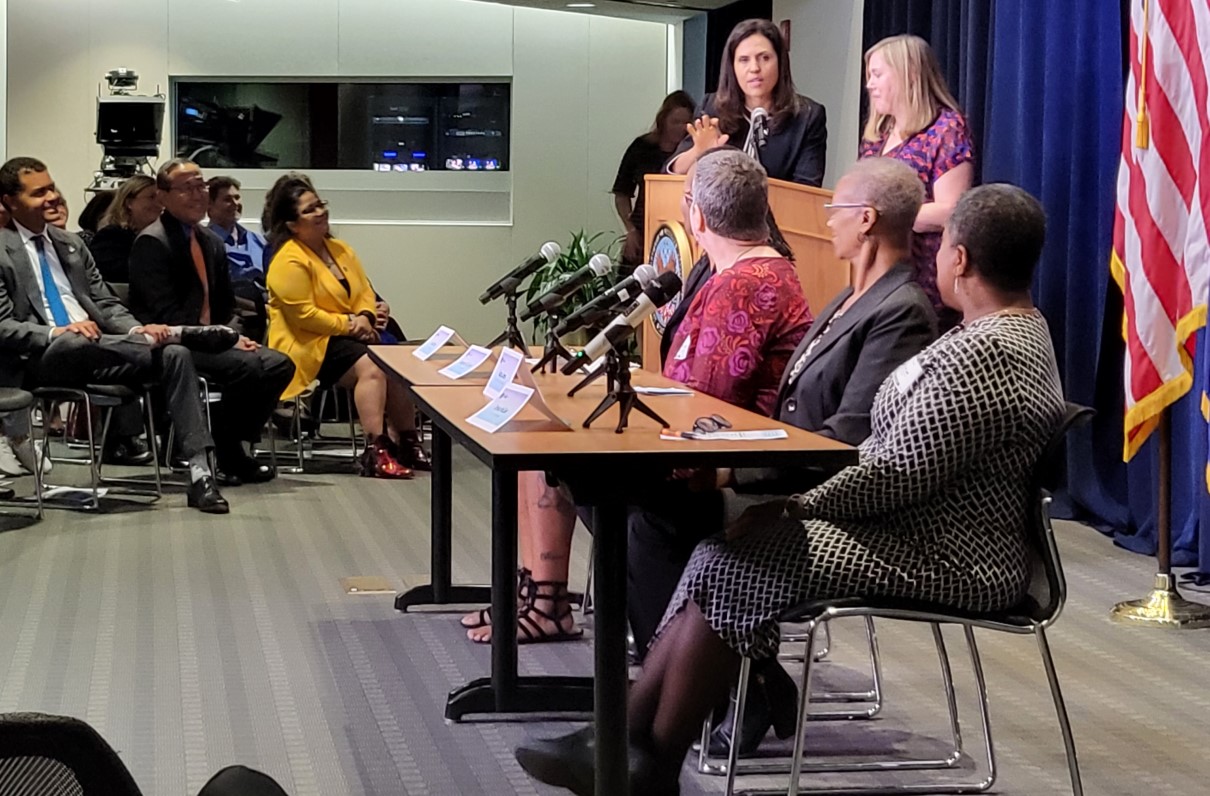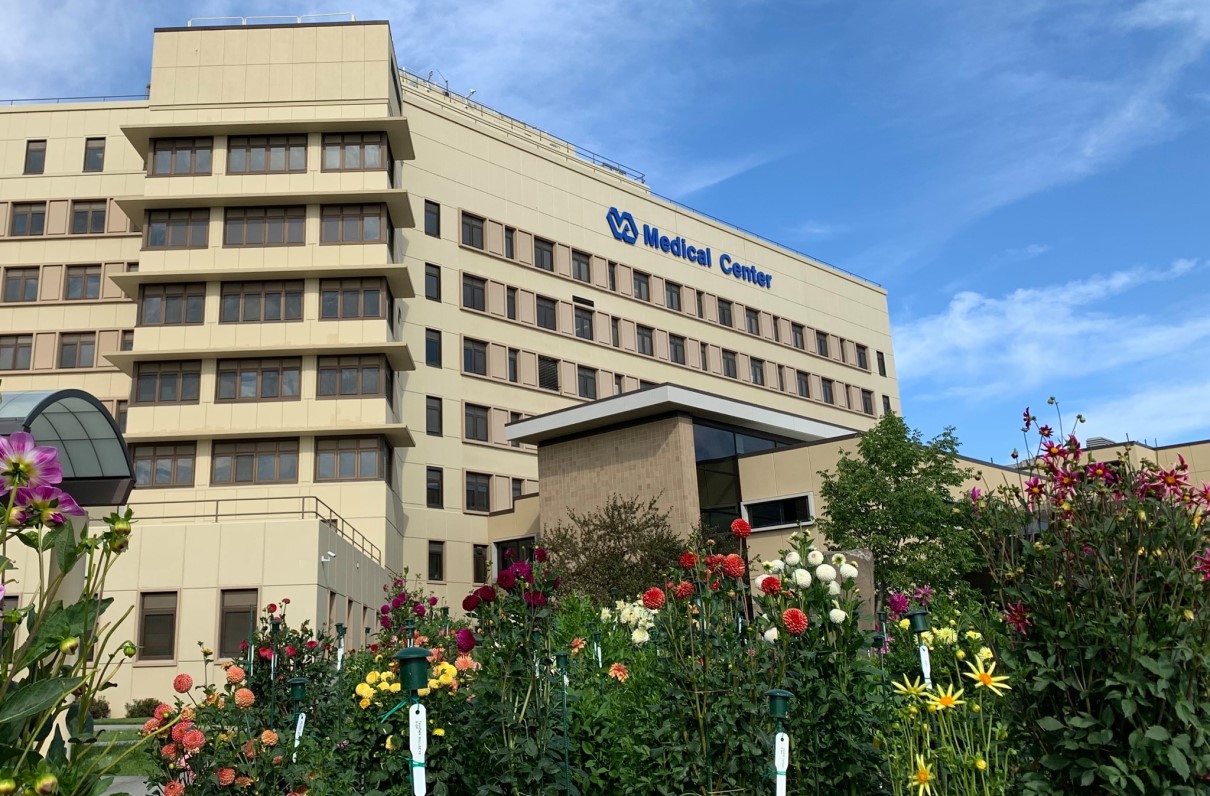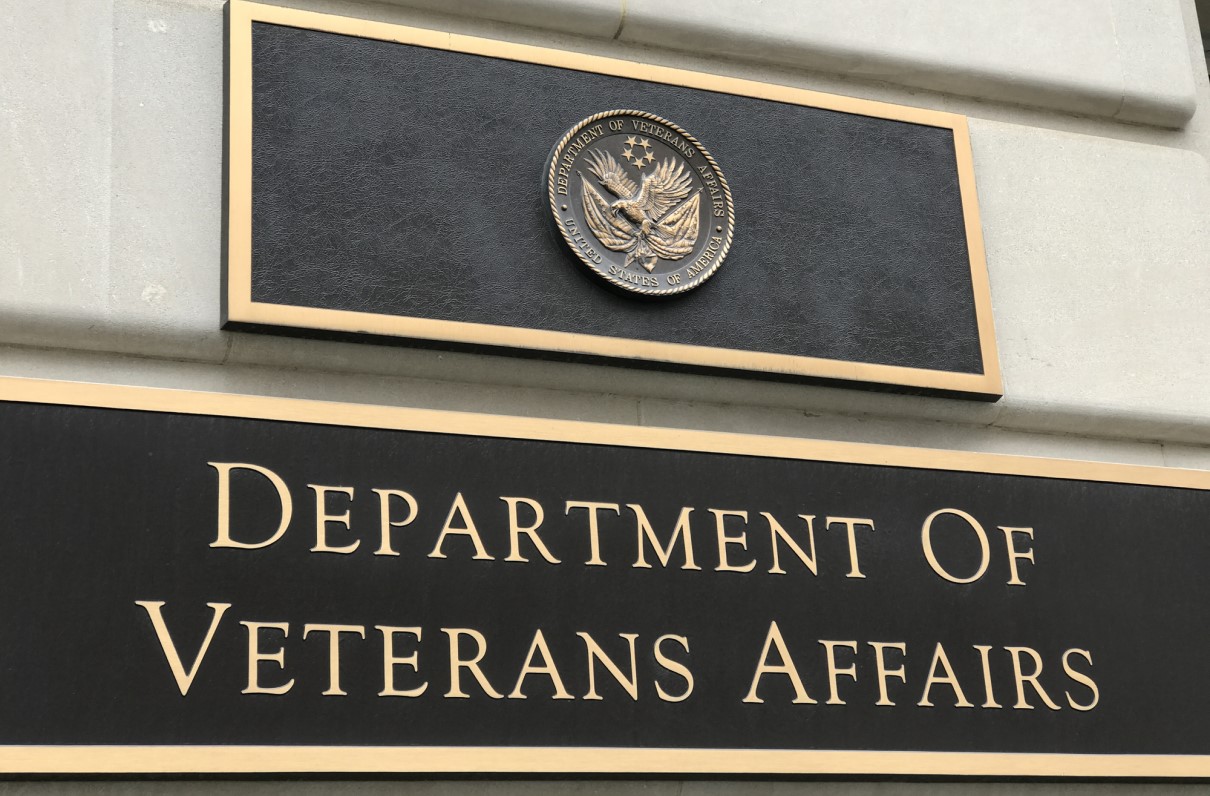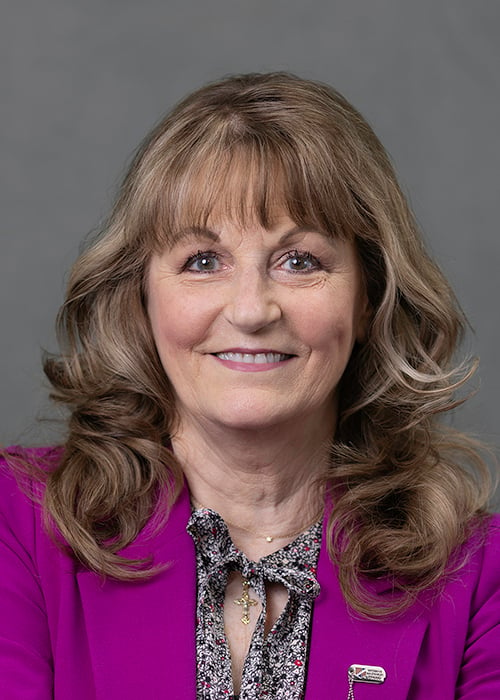The VA celebrated its 100th anniversary of delivering health care to women veterans on Sept. 14. It was an honor to attend the VA headquarters-sponsored event marking the occasion as MOAA’s veterans service organization representative and as a woman veteran.
I found myself reflecting on my own journey using VA health care over the course of my 30-year Navy career and as a veteran using the system for 20 years — admiring the service of my brave sister comrades who came before me.
Kicking off the event was the newly confirmed VA deputy secretary, Army and Iraq combat veteran Tanya Bradsher, who previously served as VA’s chief of staff. A fourth-generation veteran, Bradsher is also the first women deputy secretary and the highest-ranking woman in VA history, and the first woman of color to serve in the position.
The History of VA Health Care for Women
The history of women serving in America’s wars reflects an enduring bravery ingrained in the very fabric of our country.
[RELATED: New VA Campaign Highlights End-of-Life Benefit Offerings]
Unfortunately, it has taken decades for women to gain full access to VA health care system. Though women who served as Army and Navy nurses during World War I were authorized hospitalization and medical care on March 1, 1919, after the armistice, VA medical facilities were not prepared to care for them.
It was not until 1923, when the governing board of the National Home for Disabled Volunteer Soldiers (to which VA traces its origin) approved hospital spaces for the Army and Navy nurses. At that time, there were about 52,000 women veterans in the U.S., and 25% of them had disabilities making them eligible for care.
VA officials highlighted the evolution of health care at the centennial celebration, noting how the system has adapted to the unique needs of women veterans. Since the signing of the Women’s Armed Services Integration Act of 1948, the VA has continued to expand its mission to care for women and to provide gender-specific care.
VA Health Care Today
Our more than 2 million women veterans make up the fastest-growing segment of the veteran population. More than 755,000 of those veterans have enrolled in VA health care.
[RELATED: Find Out How You Can Take Part in the VA's Women Veterans Book Corner]
MOAA and other veteran organizations have pressed Congress and the VA to further improve health care, benefits, and services for women veterans over the past two decades. While the VA has improved services in fertility, newborn care, maternity care, child care, sexual assault and trauma, and homelessness, the department recognizes there is more to be done. As the population of women serving in uniform continues to grow, the VA intends to target resources and services to meet the demand.
MOAA continues to work closely with the department and Congress to eliminate disparities in health care delivery and advance research programs for women, minority, and underserved veterans. Expanding access and services is key to ensuring equitable delivery of health and benefit services among all veteran populations.
[WRITTEN TESTIMONY: Read MOAA’s Message to Key House and Senate Committees]
“Women veterans belong in VA,” said Dr. Shereef Elnahal, the under secretary for VA’s Health Administration, speaking to women veterans at the event. “You already fought battles — you shouldn’t have to fight battles to get into VA health care.”
VA’s message to women veterans? Come home to VA — the department cares about you and wants to serve you. Give us a chance to show you this is your VA.
A panel of women representing a cross-section of the military services spoke about their VA care. One veteran with multiple chronic health conditions received life-saving cancer treatment. It was heartening to hear how the VA helped her navigate the complex services and provided a community that supported her every step of the way.
The panelists’ message to women veterans? Give the VA a try even if your prior experience was not a good one. The department has changed and is ready to welcome you back.
My initial experience with the VA during active duty and post-service was not a good one. I am so glad I gave the VA another chance and I hope other women veterans do the same. While the VA is not perfect, I can see progress when I go to a VA medical appointment, and other MOAA women veterans tell us things are getting better as well.
[FROM MILITARY TIMES: Injured Women Vets Lonelier, More Stressed Than Male Peers: Report]
I am grateful MOAA remains at the forefront working with the VA and Congress to address administrative, operational, governance, and organizational gaps that prevent women and all veterans from accessing the quality health care and services they earned today and in the future.
More Members Mean More Influence Over Our Health Care
Get involved and make sure your interests are addressed. Because the larger our voice is, the greater our impact will be.



